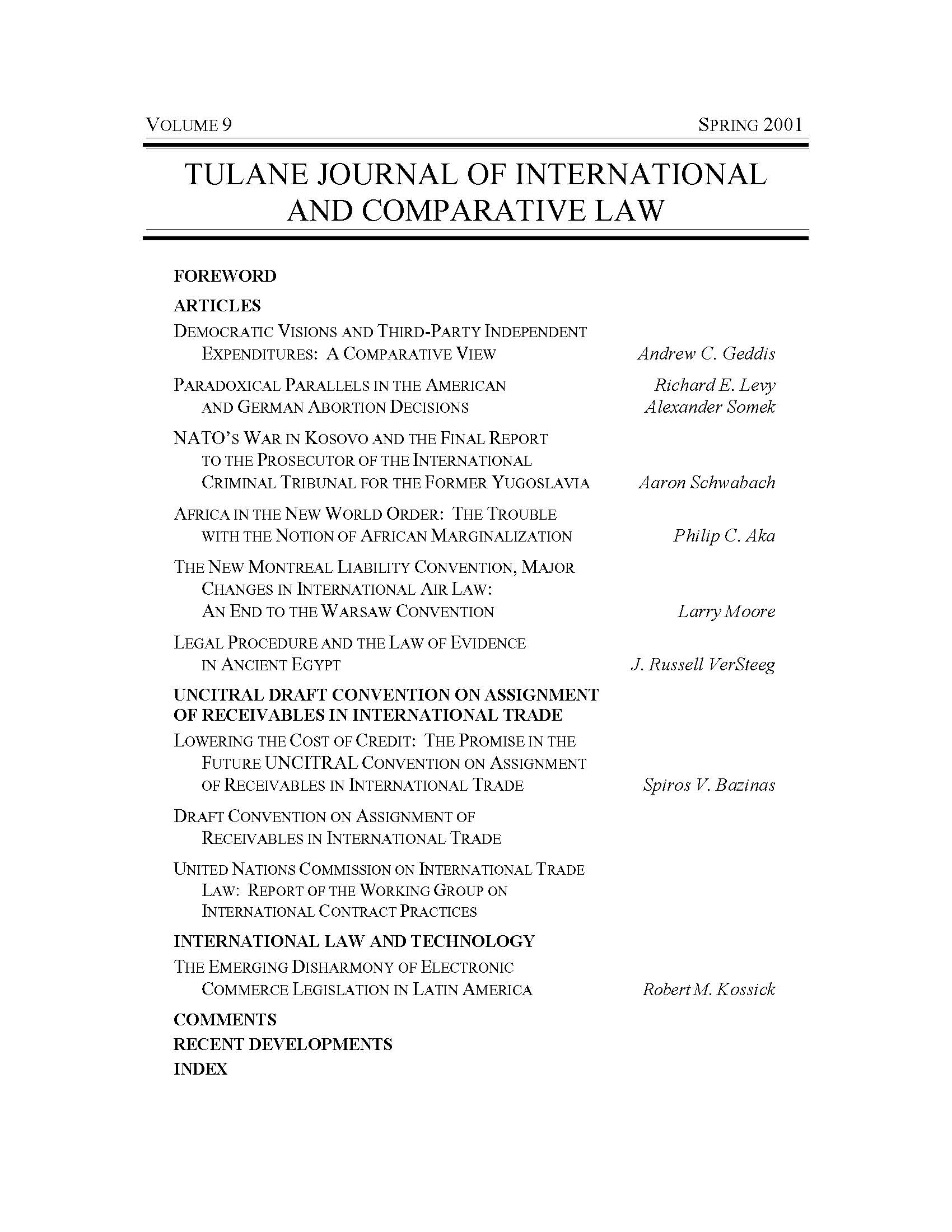Paradoxical Parallels in the American and German Abortion Decisions
Abstract
In this Article, Professors Levy and Somek engage in a careful comparative analysis of the leading constitutional abortion decisions in the United States and Germany. This analysis is occasioned by the remarkable convergence of the abortion regulation regimes of the two countries, notwithstanding the diametrically opposed starting points of the United States Supreme Court and the German Constitutional Court. While Roe v. Wade started from the premise that the fetus had no rights and that the woman’s right to privacy encompassed a right to choose abortion free from government burdens, the First German Abortion Decision established that the constitutional guarantee of a right to life encompassed the unborn child and required the state to criminalize abortion. Nonetheless, in Planned Parenthood v. Casey and the Second German Abortion Decision, the respective Courts accommodated nearly identical abortion regimes in which the mother is allowed to have an abortion early in the pregnancy and for specified causes, but the state structures the context of that decision in an effort to persuade her to carry the child to term. The reasoning process by which both Courts have moderated their abortion jurisprudence exhibits three “paradoxical parallels.” First, in Roe and The First German Decision, the Courts constructed a clear hierarchy of constitutional rights to legitimate their involvement in the abortion issue, only to reintroduce previously subordinated interests later in the analysis. Because the reintroduction of these interests is inconsistent with the Courts’ constitutional hierarchy of rights and remains largely unexplained, there is a disjunction between the legal framework for and moral balance of the respective decisions. Second, in Casey and The Second German Abortion Decision, both Courts exploited this disjunction to claim fidelity to precedent while accommodating compromise abortion regimes. Ultimately, however, these new legal frameworks did not rest on any independent constitutional foundation, but rather on the moral balance of the earlier decisions. But even the respective Court’s claims to have retained the moral balance of the earlier decisions remained unpersuasive, because their new legal frameworks effectively redefined the moral balance. Third, both Courts reasoned that the locus of the abortion decision has not changed under the new abortion regimes; i.e., that the decision remained with the mother in Casey and with the state in The Second German Abortion Decision. In both cases, however, this reasoning oversimplified the nature of the abortion decision and ignored the ways in which the state’s context-shaping role has, in fact, changed. Because this change is likely to have a significant impact on some substantial number of women, the locus of decision has changed. Ultimately, Professors Levy and Somek assess the implications of these paradoxical parallels for the role of the courts in modern society, suggesting that the example of abortion illustrates the limits of the courts’ ability to oppose powerful social forces and the loss of institutional capital that may result from becoming involved in controversial moral questions. This is not to say that the courts should abandon constitutional principle to popular sentiment, but rather that courts must be conscious of their own limits.
